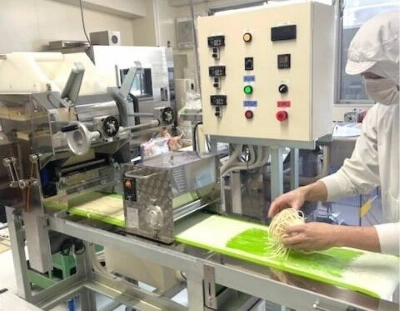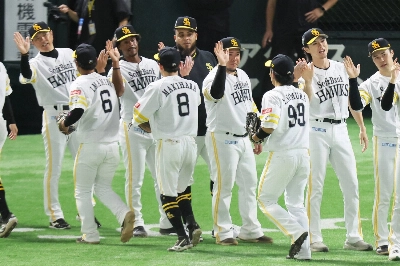A governmental nuclear research and development organization is considering shipping soil contaminated with uranium from Yurihama, Tottori Prefecture, to the United States for disposal.
Of the 3,000 cubic meters of contaminated soil in the town's Katamo district, the Japan Nuclear Cycle Development Institute is considering shipping 290 cubic meters of a relatively high surface-radiation level, it said in a news conference Sunday.
Chosuke Kuronuma, a senior official of the institute, said shipping to the U.S. is "one of the options as we look for ways of disposing the soil both in and out of Japan."
A U.S. company would dispose of the soil at a cost of more than 600 million yen, institute officials said without naming the firm, adding it has not been decided what to do with the remaining 2,700 cubic meters of soil.
"We have sounded out several foreign companies, but there is only one firm with which our negotiations have made headway. We hope to remove the contaminated soil as quickly as possible, but no decision has been made (on) how soon that can happen," said Kuronuma, director of the institute's Ningyo Pass Environment Technology Center.
The plan, if realized, would pave the way for a solution to a long-standing legal row between the local community and the institute.
The soil originated from test-drilling of uranium by the institute's predecessor, Power Reactor and Nuclear Fuel Development Corp., around Ningyo Pass on the border of Tottori and Okayama prefectures in the 1950s and 1960s.
It was revealed in August 1988 that the soil had been left behind in Yurihama's Katamo district, triggering an outcry from the local community.
The institute has been paying 750,000 yen a day to the local community, as ordered by the Tottori District Court, for failing to remove the soil before the court-appointed deadline of March 10.

















With your current subscription plan you can comment on stories. However, before writing your first comment, please create a display name in the Profile section of your subscriber account page.